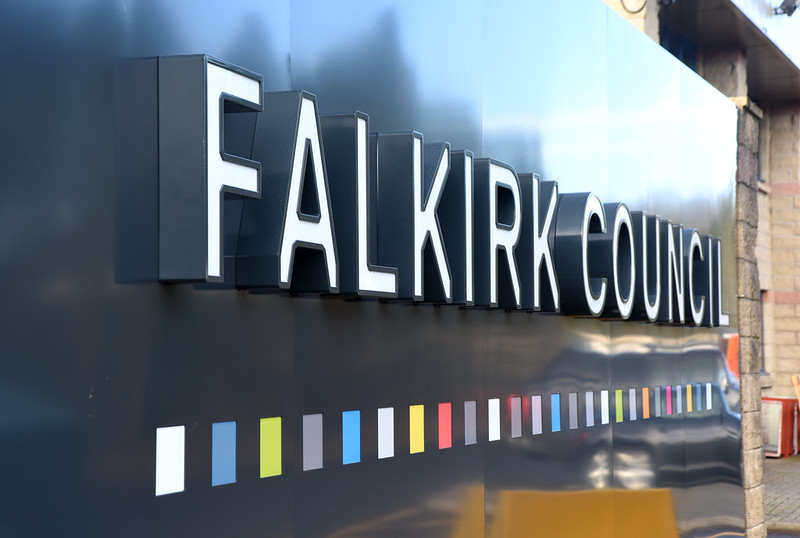Falkirk Council agrees financial strategy

Falkirk Council has approved three key strategies that will support the delivery of the council’s priorities this week.
Its Financial Strategy for 2024-2029 sets out the challenging financial position facing the council, with a funding gap estimated at c£64.4m over the five-year period. The Strategy outlines how the Council could tackle this gap through Council Tax, savings in services, fees & charges as well as service concessions.
In 24/25 it is estimated that £34m will need to be found in savings and additional income, reflecting previous years’ use of one-off funding. If £34m was identified in 24/25, significantly lower savings would be required in future years.
The meeting also looked at different scenarios for Council Tax rises and the impact that this would have on the funding gap and the need for service savings.
Members heard how Council expenditure could be affected by future unknown factors such as interest rates, global situations such as war, the cost-of-living crisis and increasing demand for services.
Council leader, Councillor Cecil Meiklejohn, said: “We are still facing enormous budgetary pressures however, we have a recognised approach that, if followed, will allow us to exert a reasonable control of how we manage the gap and reduce the deficit.
“The danger comes when we do nothing to control this, but we are confident in our four key approaches with the management of fees and charges; an appropriate and proportional Council Tax increase; service savings and service concessions delivering for us.
“The Financial Strategy outlines the place where we need to be in the next five years and the road map of how we are going to get there.
“We have also revised our Council Plan with the vision and priorities of the Council remaining the same however with improvements to both its actions to achieve its priorities and the methods it uses to assess its performance.”
Revisions to the Council Plan include (across its three main priorities):
- Supporting Stronger and Healthier Communities: The updated plan suggests adding new ways to measure success in addressing community issues like housing quality, homelessness, and children’s mental health.
- Promoting Opportunities and Educational Attainment and Reducing Inequalities: The Plan includes a focus on the attendance and educational progress of Looked After Children. It also strengthens efforts to promote equality throughout the Council with support from the Equalities and Human Rights Group.
- Supporting a Thriving Economy and Green Transition: The revised plan simplifies success measures for clearer reporting and introduces new measures relating to environmental sustainability, reflecting the Council’s commitment to a greener future.
- A Workforce Strategy and Plan was also presented to the meeting. These documents aim to support the delivery of the Council Plan and Financial Strategy by ensuring key themes such as recruitment, capacity, diversity and safety are all considered.






